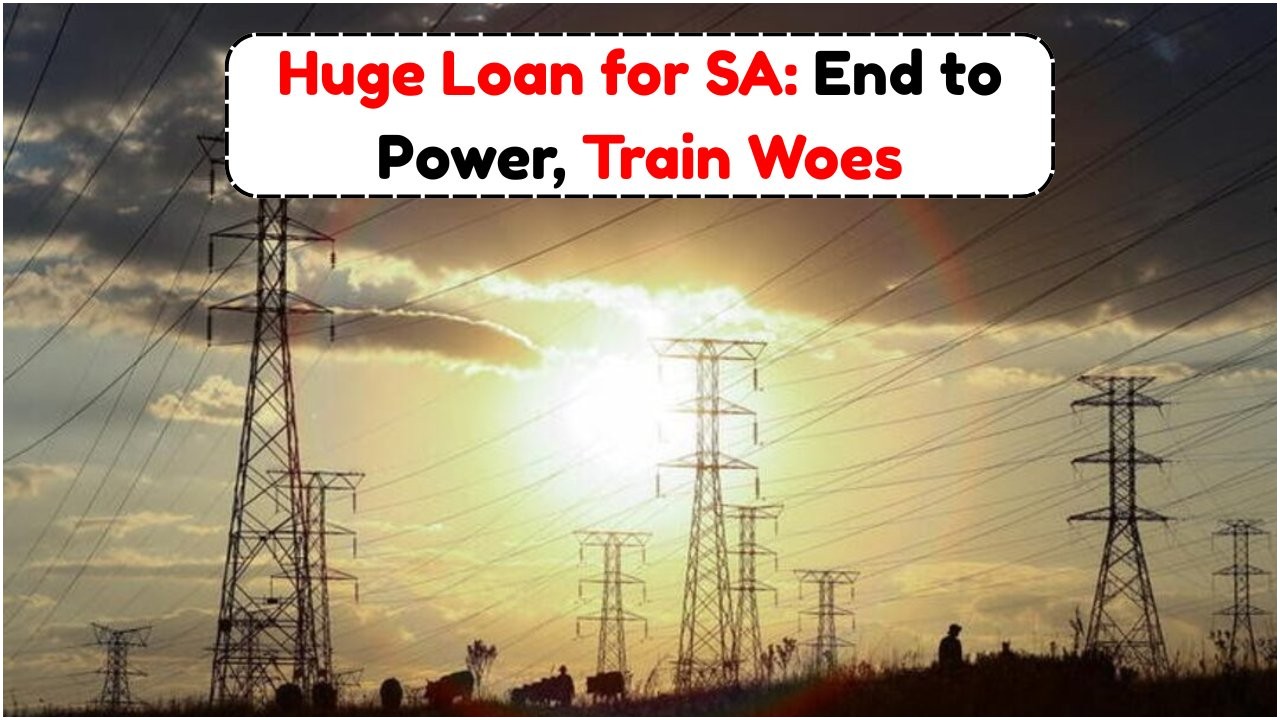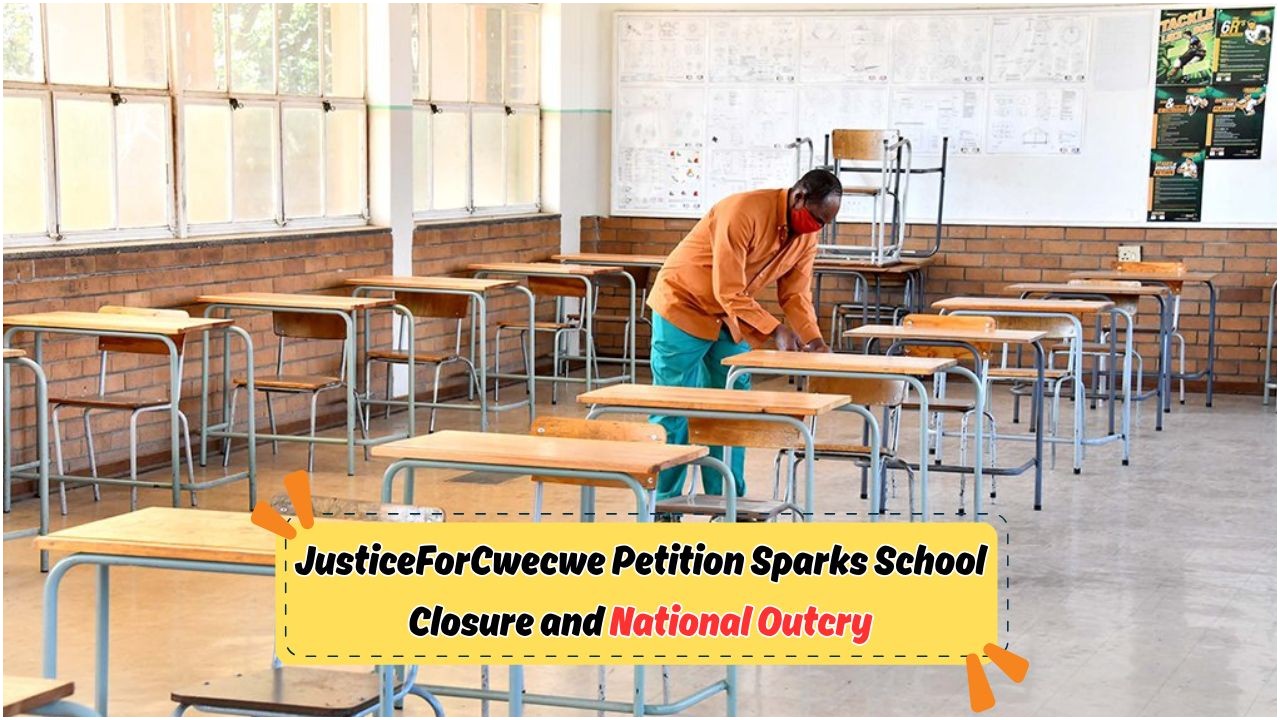R28 Billion Boost: The South African government is poised to inject a significant R28 billion into efforts aimed at resolving the longstanding power and rail crisis. This substantial financial commitment is intended to revitalize two critical sectors that have been beleaguered by inefficiencies, frequent outages, and logistical bottlenecks. As the country grapples with energy shortages and rail disruptions, this move is seen as a crucial step towards stabilizing and enhancing infrastructure. However, the question remains whether this investment will be sufficient to bring about the desired changes and restore confidence in these essential services.
Impact of the R28 Billion Investment on South Africa’s Power Sector
The power sector in South Africa has been a subject of intense scrutiny and debate, especially with the persistent issues of load shedding and aging infrastructure. The R28 billion investment is expected to address several key areas within this sector. It aims to modernize outdated equipment, improve maintenance protocols, and invest in renewable energy sources. By doing so, the government hopes to ensure a more stable and reliable power supply.
- Modernization of power plants
- Investment in renewable energy
- Improved maintenance practices
- Reduction in load shedding incidents
- Enhanced energy efficiency
- Support for local energy projects
- Better grid management
Revitalization of the Rail Infrastructure
South Africa’s rail network is another critical area that will benefit from the government’s financial boost. The investment is set to tackle infrastructure bottlenecks, upgrade rail lines, and enhance safety measures. This is crucial for industries relying on rail transport for the movement of goods and raw materials, as well as for daily commuters who face frequent delays and disruptions.
| Sector | Issue | Proposed Solution | Expected Outcome |
|---|---|---|---|
| Power | Load Shedding | Investment in Renewables | Stable Supply |
| Power | Aging Infrastructure | Modernization | Improved Reliability |
| Rail | Delays | Infrastructure Upgrade | Efficient Transport |
| Rail | Safety | Enhanced Measures | Reduced Accidents |
| Power | Maintenance | Improved Protocols | Longer Equipment Lifespan |
Challenges Facing the Implementation of the R28 Billion Plan
While the R28 billion commitment is a significant step forward, the practical implementation of these funds poses several challenges. The complexity of upgrading infrastructure, managing public expectations, and ensuring transparency in the allocation of resources are critical concerns. Moreover, the success of this initiative will largely depend on effective collaboration between government agencies, private sectors, and local communities.
 Thousands Stranded by August NSFAS Blockages: Discover the Viral R5,200 WhatsApp Hack to Solve It
Thousands Stranded by August NSFAS Blockages: Discover the Viral R5,200 WhatsApp Hack to Solve It
- Resource allocation transparency
- Coordination between stakeholders
- Overcoming bureaucratic hurdles
- Monitoring and evaluation of progress
- Public engagement and communication
Potential Benefits for South African Industries and Economy
If successfully implemented, the R28 billion investment could yield substantial benefits for South African industries and the overall economy. Improved power and rail services can enhance productivity, reduce operational costs, and attract foreign investments. Furthermore, a reliable power supply and efficient transport system can boost the growth of small to medium enterprises (SMEs) and foster job creation.
- Increased industrial productivity
- Lower operational costs
- Attraction of foreign investments
- Growth of SMEs
Long-Term Vision for South Africa’s Infrastructure Development
The R28 billion initiative is not just about immediate fixes but also about laying the groundwork for sustained infrastructure growth. The government’s vision includes creating a resilient and sustainable infrastructure system that can support economic development, improve quality of life, and position South Africa as a competitive player on the global stage.
- Sustainable infrastructure development
- Economic growth support
- Improved quality of life
- Global competitiveness
- Future-proofing against crises
FAQs
| Question | Answer | Details | Outcome |
|---|---|---|---|
| What is the purpose of the R28 billion investment? | To resolve power and rail issues | Modernization and upgrades | Improved services |
| Will this investment address load shedding? | Yes | Investment in renewables | Stable power supply |
| What are the expected challenges? | Resource allocation and transparency | Bureaucratic hurdles | Effective management |
| How will this affect industries? | Positively | Increased productivity | Economic growth |
| Is this a short-term solution? | No | Long-term infrastructure goals | Sustainable growth |
Frequently Asked Questions
Q: How will the R28 billion boost impact small businesses in South Africa?
A: The investment aims to improve infrastructure, which can lower operational costs for small businesses and create opportunities for growth.
Q: Are there plans to involve private sectors in this initiative?
A: Yes, collaboration with private sectors is crucial for the successful implementation of the investment plan.
Q: What are the main areas of focus for the rail sector?
A: The main focus areas include upgrading rail lines, enhancing safety measures, and improving logistical efficiency.
Q: How will the power sector benefit from this investment?
A: The power sector will benefit from modernization efforts and investments in renewable energy, leading to more reliable power supply.
 Eastern Cape School Shuts Down Amid #JusticeForCwecwe Uproar: Parents Call for Immediate Action
Eastern Cape School Shuts Down Amid #JusticeForCwecwe Uproar: Parents Call for Immediate Action
Q: Is the R28 billion sufficient to resolve all issues in these sectors?
A: While substantial, the success will depend on effective implementation and management of resources.









